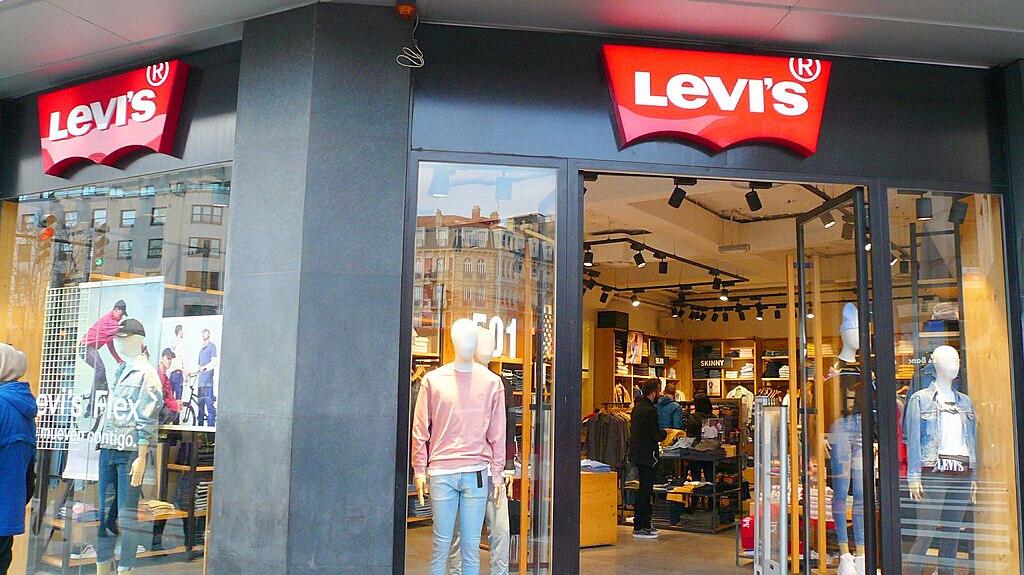Levi Strauss & Co. reported mixed third-quarter results on Wednesday and announced plans to sell its underperforming Dockers brand.
While the company's Levi's and Beyond Yoga lines saw gains, Dockers struggled with a 15% sales decline during the period. Levi's focus on direct-to-consumer sales and lower cotton costs boosted its gross margin by 4.4%, but overall revenue failed to meet expectations.
Dockers Drags on Performance
Levi’s brand posted a 5% increase in sales during the fiscal third quarter, marking its largest gain in two years. However, total revenue remained flat, falling short of Wall Street expectations. The company’s shares dropped by more than 8% in extended trading.
Levi’s earnings per share (EPS) for the quarter reached 33 cents, exceeding the 31 cents expected, while revenue came in at $1.52 billion, below $1.55 billion expected.
The company’s net income for the quarter ended August 25 was $20.7 million, or 5 cents per share, compared to $9.6 million, or 2 cents per share, in the previous year. Excluding one-time items, Levi’s posted adjusted earnings of $132 million, or 33 cents per share.
With one quarter remaining in the fiscal year, Levi Strauss reaffirmed its full-year adjusted EPS guidance of $1.17 to $1.27, aligning with analysts' expectations of $1.25.
However, the company trimmed its revenue growth forecast, now expecting a 1% increase, down from a previous range of 1% to 3%, below analysts’ predicted 2.3% growth.
Dockers Brand Under Review
Launched in 1986, Dockers has seen a sharp decline in recent years, with a 15% drop in sales to $73.7 million during the quarter. The brand, once a popular alternative to denim, now faces redundancy with Levi’s own expansion into lifestyle apparel.
Levi’s CFO Harmit Singh explained that selling Dockers would improve margins and reduce revenue volatility.
Bank of America has been tapped to oversee the sale process, as Levi’s aims to focus on its stronger-performing brands, including Beyond Yoga, which saw a 19% sales increase to $32.2 million during the same period.
Direct-to-Consumer Strategy Boosts Margins
Levi’s continues to strengthen its direct-to-consumer sales, which accounted for 44% of total revenue in the quarter, up by about 10%. The strategy, driven by growth in e-commerce and U.S. store sales, is part of Levi’s broader effort to improve profitability by bypassing wholesalers. The company aims to raise the proportion of direct sales to 55%.
CEO Michelle Gass highlighted Levi’s recent partnership with Beyoncé, describing the collaboration as a blend of cultural relevance and brand heritage. The partnership followed the singer’s release of a song titled "LEVII'S JEANS" earlier this year.
Global Performance
Levi’s European operations outperformed expectations, with sales reaching $406.6 million, ahead of analysts' forecasts of $392 million. However, performance in the Americas and Asia fell short. The company posted $757.2 million in sales in the Americas, below the expected $789.2 million, while Asia saw $247.1 million in revenue, missing forecasts of $258 million.
Challenges in China, which accounts for 2% of Levi’s global business, impacted sales in the region. Singh cited macroeconomic headwinds and execution issues, with recent leadership changes in China aimed at addressing the downturn.
In the Americas, sales were further hampered by a cybersecurity breach affecting a major wholesale customer in Mexico, which delayed shipments and dented performance in the region.
